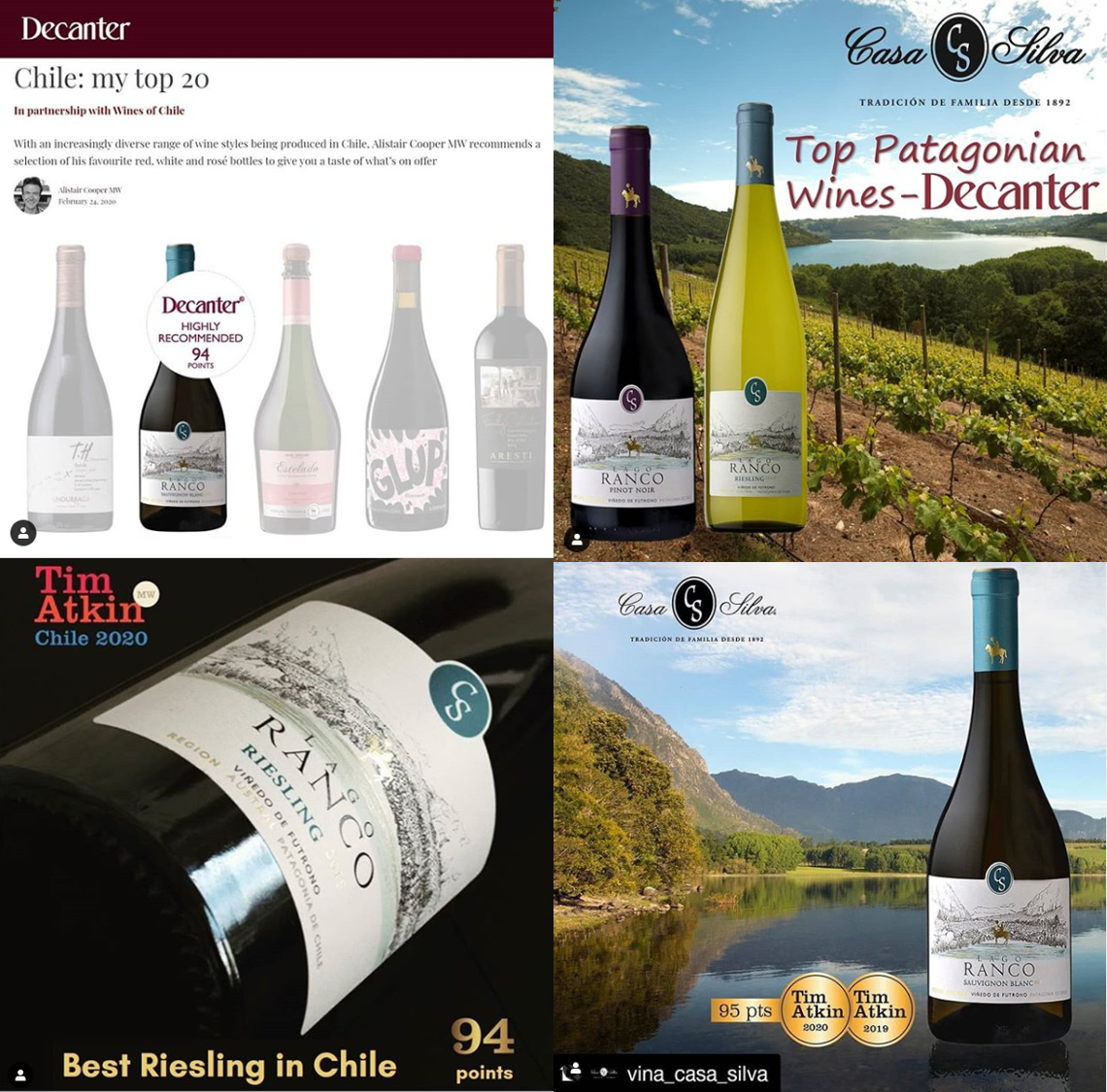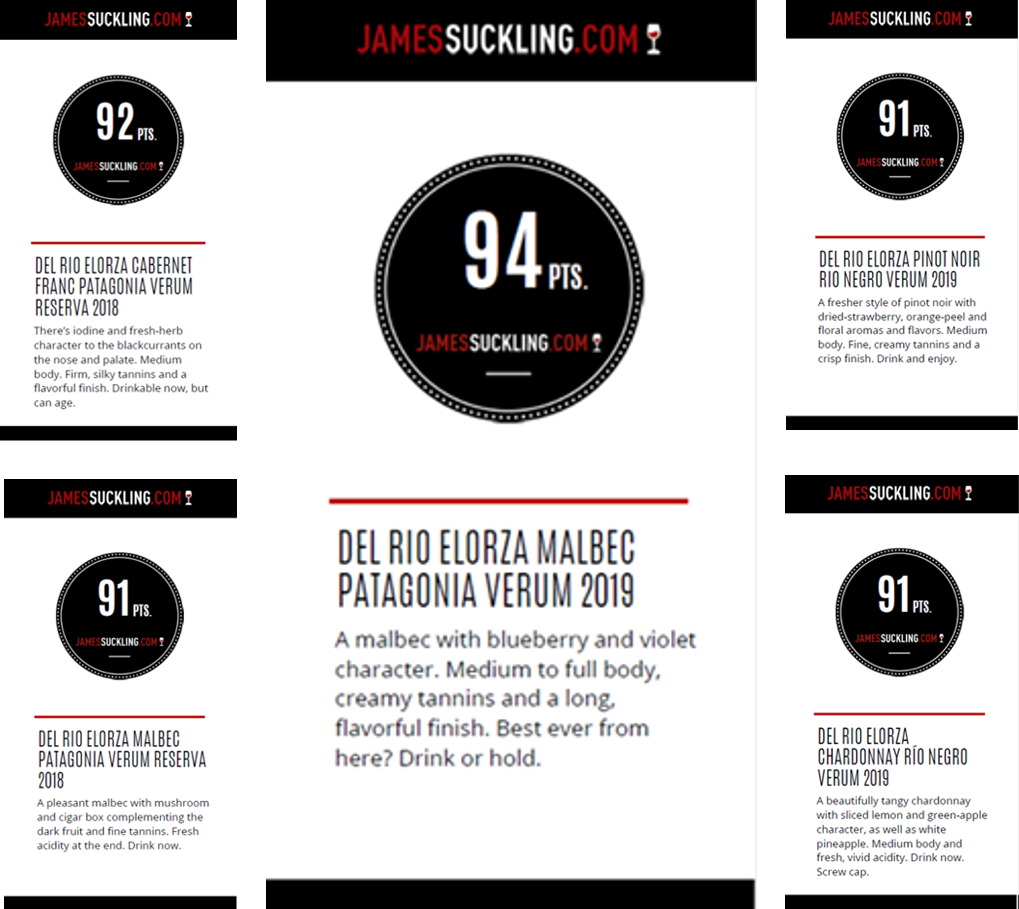Patagonia, the new Frontier and already oh so bountiful!
On 23rd July 1881, Chile and Argentina finally agreed on the exact frontier between their two countries, after 25 years of negotiation... The frontier roughly follows the Andes mountains, splitting the Patagonian regions in two very different halves, from North to South.
Interestingly when people are asked what pops into their mind when ‘Patagonia’ comes up, the answers go all over the place.
Some will tell you that it is a land where mythical gentle giants with enormous feet used to live. Others will talk about this brand of sleeveless vest bankers are showing off whenever they can. Another group will describe the stunning landscape and snowcapped volcanoes. However, what interests us today is Patagonia as a winemaking region.
Let’s have a look at below map (oh do I feel like a teacher right now):
This is the southern tip of South America: on the left side of the red line lies Chile, and on the right Argentina. This red line is the Andes Mountains, a 7,000 kilometer chain of mountains with an average height of 4,000 meters. Therefore, the rain clouds are blocked from coming in from both the East or the West.
As you will notice instantly on this satellite view from the change of color, the northern part of the Andes is blocking the clouds coming from the East, so the northern part of Argentina receives more rain, whereas Chile is extremely arid (this is where you can find the Atacama desert, the driest place on Earth!).
On the southern part it is the exact opposite, South Chile enjoys all of the Pacific Ocean rain clouds, while South Argentina has low rainfall and intense sunshine.
So, when dividing Patagonia in two in 1881, Chile and Argentina actually divided a region into two very different ecosystems! Chilean Patagonia is cool with higher levels of rainfall, whereas Argentinean Patagonia has a large diurnal temperature shift and low rainfall!
With global warming, and the consumers’ growing taste for wines made in a cool climate, new Patagonian terroirs are being discovered on both sides of the Andes: on the slopes of Lago Ranco and the banks of Rio Negro
Two wineries are pushing the Southern frontier of winemaking:
- Viña Casa Silva -
The Carmenere expert from Colchagua Valley in Chile are proving they are not only challenging the status quo with varieties (see article on Sauvignon Gris) but are also pioneers in terroir planting in Lago Ranco, a region which recently became viable for wine production.
The lake has, like all large bodies of water, a moderating effect on local temperature. Also, its volcanic slopes helps to deal with rainfall as it gives better exposure and drainage to help get rid of excessive humidity.
The resulting wines made by Viña Casa Silva under its Lago Ranco range are regularly achieving the highest scores from major international judges.
Get in touch if you are interested in Lago Ranco!
- Verum by Verum -
In Argentinean Patagonia, we are interested in Verum by Verum. This innovative project from Elías López Montero, Decanter’s Top 10 Spanish Young Winemaker is already tackling global warming challenges with his Ulterior Range (click here for more details) and the use of indigenous, and almost forgotten grapes, perfectly adapted to the terroir of Castilla-La Mancha.
To go even further in his mission to address climate change Elias travelled to the opposite side of Earth! Bodegas Verum is located on 39°N, Verum by Verum in Argentina is amusingly located 39°S on the banks of Rio Negro.
The Rio Negro plays a crucial role in the quality of the Verum wines. Similarly to Lago Ranco, it moderates the large range of temperature between day and night, and compensates for the low rainfall thanks to an ingenious irrigation system. The wines have already caught the eye of James Suckling, for their striking quality.
If you want a taste get in touch with Bondy!
Phone:13028160324





